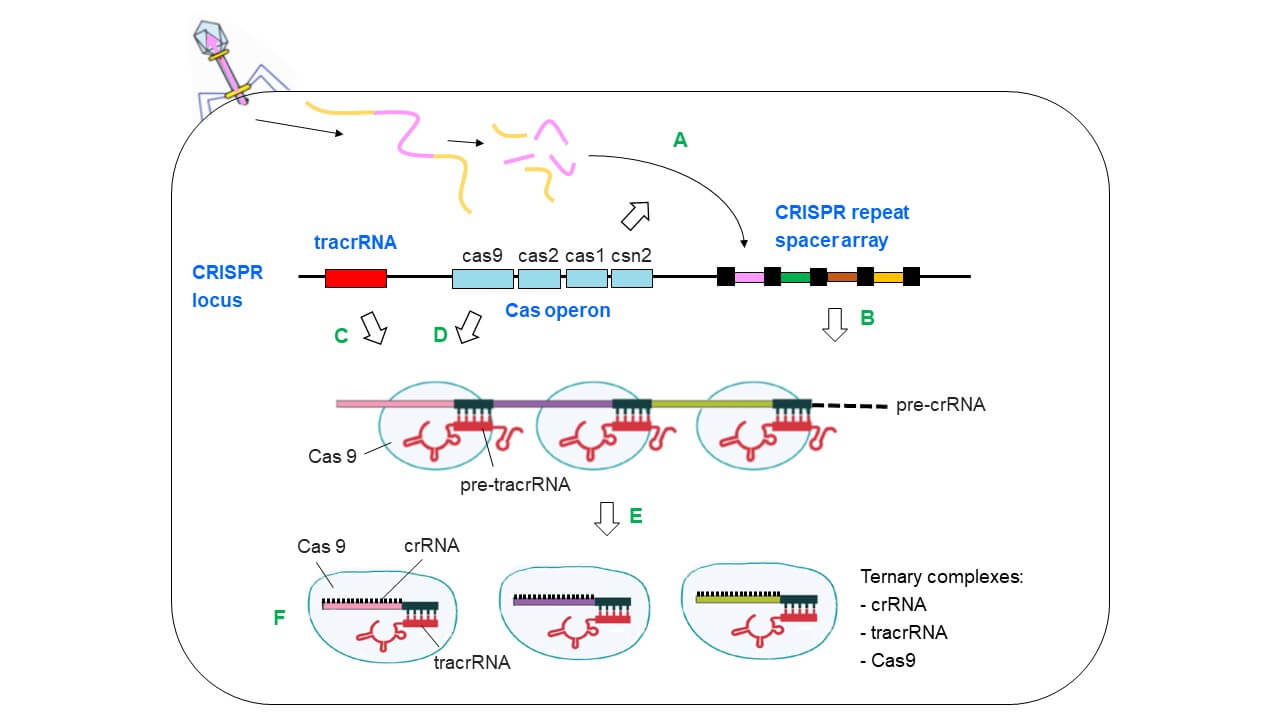Table of Contents
Introduction
CRISPR-Cas9, a cutting-edge gene-editing technology, has transformed the landscape of genetic research. Its precision and versatility have opened new avenues for scientific exploration, particularly in understanding DNA replication and genetic modifications. This article delves into the mechanisms of CRISPR-Cas9, its applications, and its impact on DNA replication studies.
Understanding CRISPR-Cas9 Technology
 |
| Source: https://leibniz-fmp.de |
CRISPR-Cas9 stands for Clustered Regularly Interspaced Short Palindromic Repeats and CRISPR-associated protein 9. This technology utilizes a guide RNA (gRNA) to target specific DNA sequences, allowing the Cas9 protein to introduce double-strand breaks at precise locations. This targeted approach enables scientists to edit genes with remarkable accuracy, making it a powerful tool in genetic research.
Mechanism of CRISPR-Cas9
1. Targeting DNA
The CRISPR-Cas9 system begins with designing a guide RNA that matches the target DNA sequence. This guide RNA directs the Cas9 protein to the specific location on the DNA strand.
2. DNA Cleavage
Once the Cas9 protein is guided to the target DNA sequence, it introduces a double-strand break. This break activates the cell’s natural DNA repair mechanisms.
3. DNA Repair
The DNA repair process can lead to gene disruptions or modifications. Scientists can exploit these repair pathways to introduce specific genetic changes, either by disabling a gene or inserting new genetic material.
Applications of CRISPR-Cas9
1. Gene Therapy
CRISPR-Cas9 has significant potential in gene therapy, offering hope for treating genetic disorders. By precisely targeting and correcting faulty genes, this technology can potentially cure diseases like cystic fibrosis, sickle cell anemia, and muscular dystrophy.
2. Agricultural Improvements
In agriculture, CRISPR-Cas9 is used to develop crops with enhanced traits, such as drought resistance, improved nutritional content, and increased yield. This technology enables the creation of genetically modified organisms (GMOs) with greater precision and efficiency than traditional methods.
3. Cancer Research
CRISPR-Cas9 is a valuable tool in cancer research. By modifying cancer cell genes, researchers can study the mechanisms of cancer progression and identify potential therapeutic targets. This approach accelerates the development of targeted cancer therapies.
CRISPR-Cas9 and DNA Replication
1. Studying Replication Mechanisms
CRISPR-Cas9 technology aids in understanding DNA replication by allowing researchers to manipulate specific genes involved in the replication process. By knocking out or modifying these genes, scientists can observe the effects on DNA replication, providing insights into the fundamental mechanisms of this vital process.
2. Identifying Replication Errors
DNA replication errors can lead to mutations and genetic disorders. Using CRISPR-Cas9, researchers can introduce specific mutations and study their impact on DNA replication fidelity. This research helps identify the causes of replication errors and develop strategies to prevent them.
3. Enhancing DNA Replication Efficiency
CRISPR-Cas9 can be used to enhance DNA replication efficiency by modifying genes that regulate the replication process. This has implications in biotechnology, where efficient DNA replication is crucial for applications such as cloning and genetic engineering.
The use of CRISPR-Cas9 raises ethical considerations, particularly regarding human gene editing. Concerns about off-target effects, unintended consequences, and the potential for creating genetically modified humans necessitate stringent regulatory oversight. Ethical guidelines are essential to ensure responsible use of this powerful technology.
CRISPR-Cas9 technology has revolutionized gene editing, offering unprecedented precision and versatility. Its applications span from gene therapy and agriculture to cancer research and understanding DNA replication. As scientists continue to explore its potential, CRISPR-Cas9 promises to unlock new frontiers in genetic research and provide solutions to some of humanity's most pressing challenges. Embracing this technology with careful consideration of ethical implications will ensure its benefits are maximized while minimizing risks.


